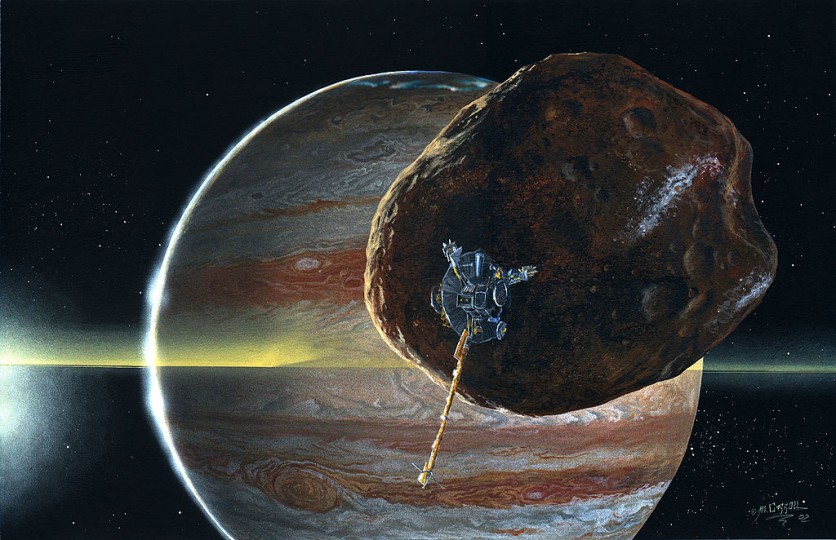Jupiter was always known as the largest planet in the solar system. But a recent discovery would also make it the planet with the highest number of moons at 92.
According to a recent report from Sky and Telescope, the Minor Planet Center (MPC), run by the Smithsonian Astrophysical Observatory, has revealed the orbits of 12 newly discovered moons of Jupiter.

15 More Moons
The planet now has 15 more moons than previously thought. With the help of these recent discoveries, Jupiter has surpassed Saturn to claim the title of having the most moons in the solar system.
83 moons have so far been discovered in Saturn. But more than that, scientists have also found massive amounts of rocks only about 2 miles wide surrounding the gas giant and are yet to be studied precisely, according to Sky and Telescope.
Hence, there may still be a possibility that Saturn will reclaim its title from Jupiter if these rocks are found to be small moons.
The observations of the Jovian system, which were made in 2021 and 2022, have been submitted for publication by Scott Sheppard, an astronomer at the Carnegie Institute for Science.
The reason for the gap between the discovery and confirmation of the new moons was that astronomers had to follow the rocks for a full orbit to validate that they were orbiting Jupiter.
How Do These New Moons orbits?
According to Sky and Telescope, it takes all of the new moons more than 340 Earth days to orbit Jupiter, which is far from its surface.
Nine of the 12 new moons are especially far away; the MPC calculates that their orbits are longer than 550 days.
Additionally, all of these moons are small; just five of those nine moons are believed to have a diameter larger than five miles or 8 kilometers.
The outer Jovian moons have "prograde" orbits, which means they circle orbits in the same direction as Jupiter's rotation.
Meanwhile, the nine distant moons have retrograde orbits because they circle the planet in the opposite direction from its rotation.
The retrograde orbits of the new moons suggest that Jupiter's powerful gravitational pull may have grabbed them. The smaller ones were likely the fragments of bigger bodies that were broken apart because of collisions.
The prograde orbits of some of the recently discovered moons indicate that they developed around Jupiter.
These specific prograde orbiting moons are among 13 other Jovian moons that are grouped in a middle region of space. They are also farther from the planet than the massive inner moons, such as Io, Europa, Ganymede, and Callisto.
Related Article : Jupiter-Mars Conjunction 2022: How To See the Overlapping Planets, Peak Time, Best Equipment To Use, and More

ⓒ 2026 TECHTIMES.com All rights reserved. Do not reproduce without permission.




